Hit the Bongó, bongó player! || ¡Dale al bongó, bongosero!
14
About :
The Bongo is the percussion instrument that has more freedom within Salsa, we could say that it is the most "playful" because it has the freedom to improvise to fill the spaces left by the singer.
Some researchers believe that this is the instrument closest to its African roots, which are located in the central region of Nigeria and all of Central Africa, the Bantu region.
This instrument settled in the eastern part of the island of Cuba, where it became part of and developed within the framework of musical manifestations such as the "nengón", which was the predecessor of the "changüí", which in turn is the predecessor of the Cuban son.
Until the changüí, however, the bongo used was larger and lower in pitch, and is still known as the bongó de Monte.
All this phenomenon corresponds to the end of the 19th century. By 1920, the son and the bongo had already been born, with the characteristics we know today, and it was an obligatory instrument in such popular groups as the Sexteto Nacional or the Sexteto Habanero.
A curious fact is that Arsenio Rodriguez, an outstanding Cuban musician whom I have already mentioned several times for his contributions to the dance music of his country, was the one who had the idea that the bongosero (the bongo player) himself, at the moment of reaching the climax of the song, would exchange the bongo for a bell (A cowbell). This practice became so widespread that today all performers of this instrument must also play the bell. In addition, the type of bell used for this part of the song is now known as the bongo bell.
Many Cuban musicians contributed to the diffusion of this instrument, among them Mongo Santamaría. But another curious fact is that with the arrival of this instrument in New York City, many Puerto Rican musicians made it their own, and there are many names of musicians from Puerto Rico who excelled in the development of this instrument. Such is the case of José Mangual Sr. and his sons, especially José Mangual Jr., who have contributed to the popularity of the bongo throughout the field of Latin music and Latin jazz.
Incredible as it may seem, the bongo was the first instrument I played in an ensemble, while still a child, during my time living in Germany.
For the creative freedom that is part of the work of this instrument, for the beauty and power that it brings, this instrument is also part of my Salsa project.
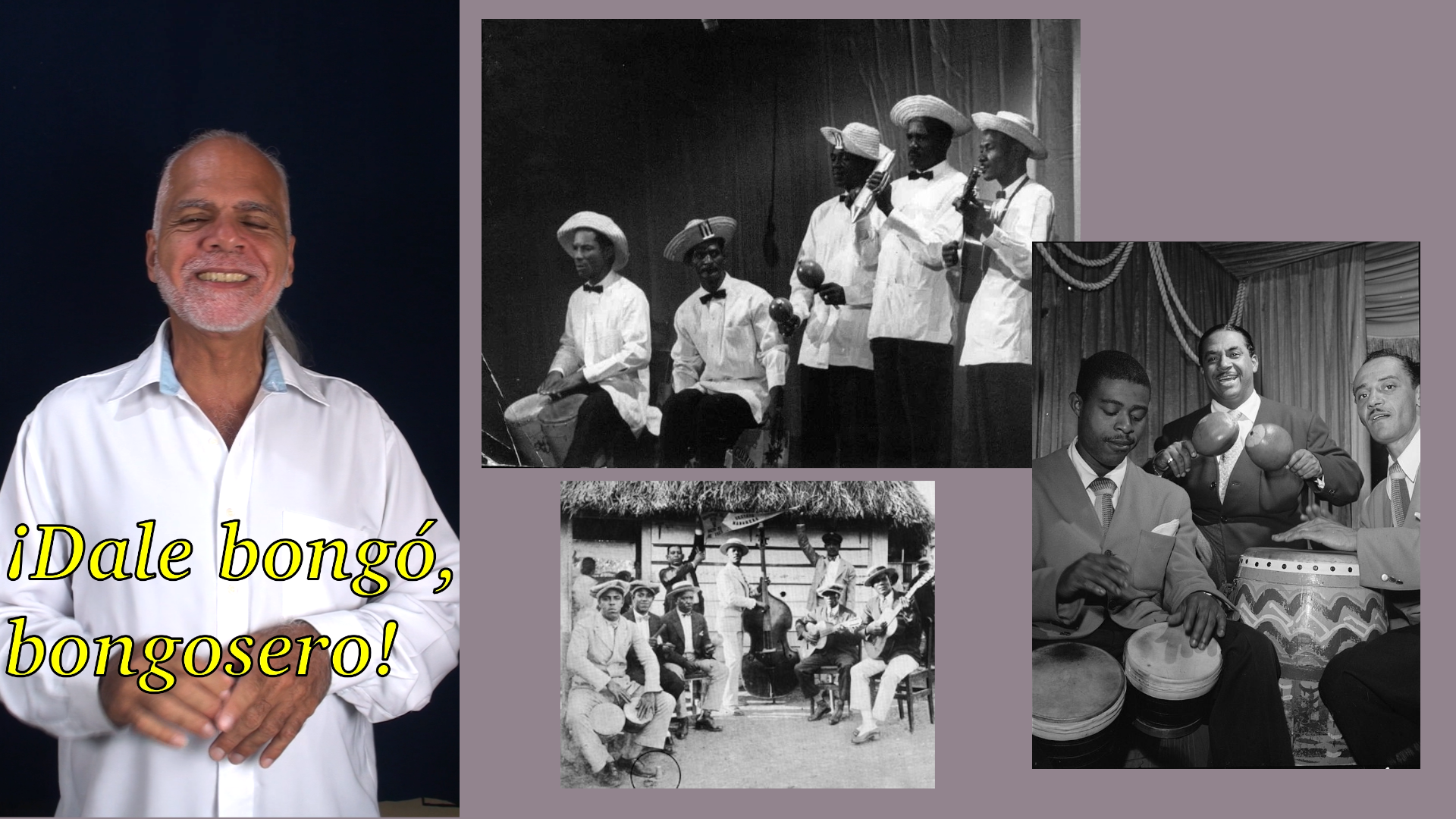
El bongó es el instrumento de percusión que tiene más libertad dentro de la salsa, se podría decir que es el más "juguetón", pues tiene la libertad de ir improvisando para llenar los espacios que deja vacíos el cantante.
Algunos investigadores consideran que es este el instrumento que más cerca se mantiene de su raíz africana, la cual se sitúa en la región central de Nigeria y toda la zona centro africana, la región bantú.
Este instrumento se asentó en el oriente de la isla de Cuba y allí pasó a formar parte y a desarrollarse, en el marco de manifestaciones musicales como el "nengón", que fue el antecesor del "changüí", que a su vez es el antecesor del son cubano.
Sin embargo, hasta el changüí, el bongó que se utilizaba era más grande en tamaño y más bajo de afinación y se conoce hasta el día de hoy como Bongó de Monte.
Todo este fenómeno corresponde a los finales del siglo XIX. Ya para 1920 había nacido el son y el bongó, con las características que lo conocemos hoy, y era instrumento obligatorio en grupos tan populares como el Sexteto Nacional o el Sexteto Habanero.
Un dato curioso es que Arsenio Rodríguez, destacado músico cubano, que ya he nombrado en varias ocasiones por la cantidad de aportes que hoizo a la música bailable de su país, fue el que tuvo la idea de que el mismo bongosero, al momento de llegar al climax de la canción, cambiara el bongó por una campana. Práctica que se hizo tan común que hoy en día todos los intérpretes de ese instrumento, deben tocar también la campana. Además, el tipo de campana que se usa para esta parte de la canción hoy en día se conoce como campana de bongó.
Fueron muchos los músicos cubanos que contribuyeron a la difusión de este instrumento, entre los cuales cabe destacar a Mongo Santamaría. Pero otro hecho curioso es que con la llegada de este instrumento a la ciudad de Nueva York, muchos músicos puertorriqueños lo hicieron suyo, y son muchos los nombres de músicos provenienetes de la llamada Isla del Encanto, que destacaron en el desarrollo de este instrumento. Tal es el caso de José Mangual Senior, así como sus hijos, en especial José Mangual Jr. que contribuyeron a la popularidad del bongó en todo el campo de la música latina y el latin jazz.
Aunque parezca increíble, el bongó fue el primer instrumento que toqué yo en una agrupación, siendo aún un niño, durante mi tiempo que viví en Alemania.
Por esa libertad creativa que es parte de la labor de este instrumento, por la belleza y fuerza que aporta, también este instrumento forma parte de mi proyecto salsero.



All of the images taken from Wikipedia (Public Domain)

Vote la-colmena for witness
By @ylich
http://ylich.com
Spotify
Buy Ylich's "Pa' los bailadores" NFT at nfttunz.io
Tags :
Their limit for today is $0!
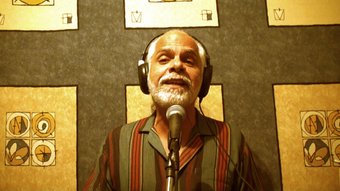

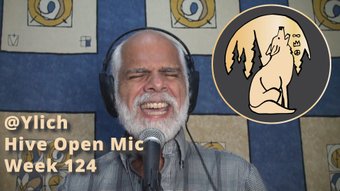

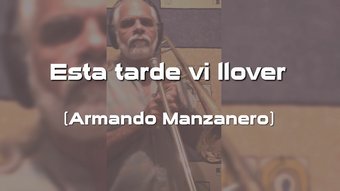



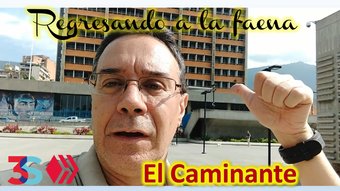







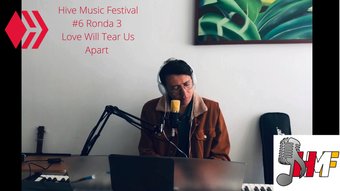
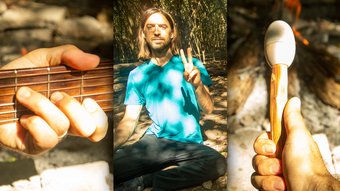



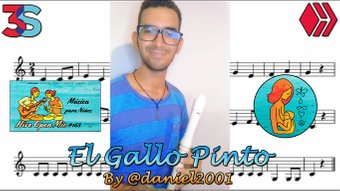

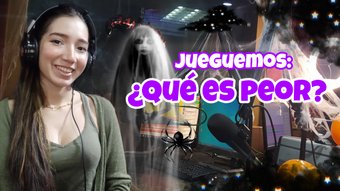
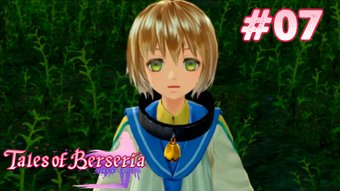
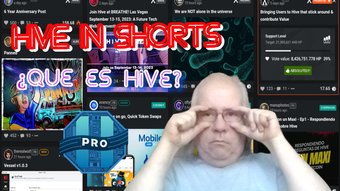
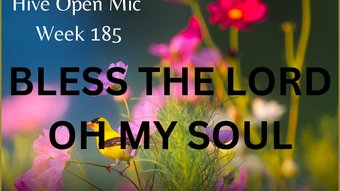

Comments:
Reply:
To comment on this video please connect a HIVE account to your profile: Connect HIVE Account